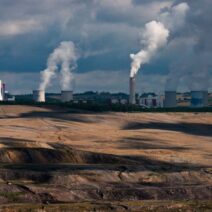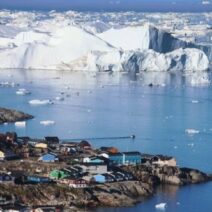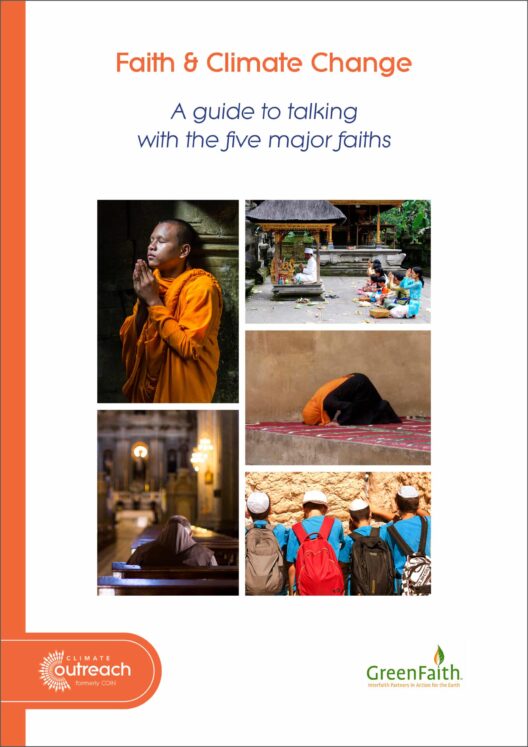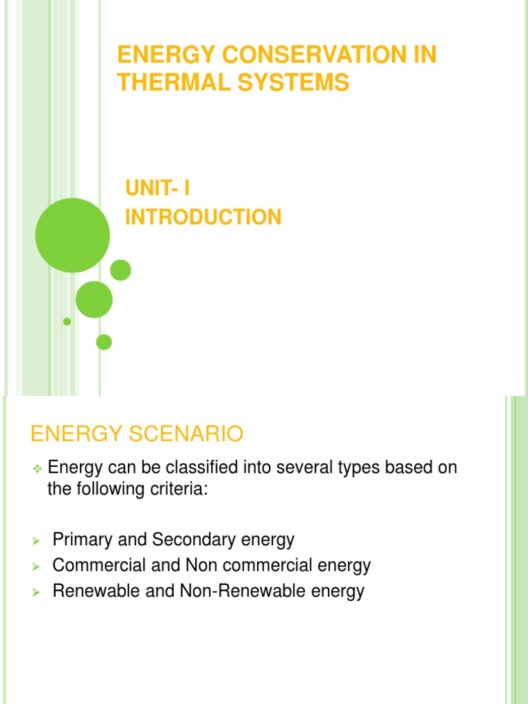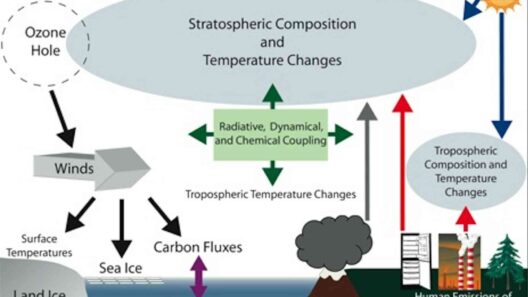As human beings navigate the intricate tapestry of existence, our planet stands as a testament to both our ingenuity and our negligence. The concept of a fragile globe, overtly encapsulated in the metaphor of a fragile cartoon globe being squashed by unseen forces, aptly illustrates the existential crises wrought by global warming. This imagination of Earth as a beleaguered figure under duress encapsulates the dire straits in which our environment finds itself today. Global warming, once a distant concern, has evolved into an omnipresent reality that demands our immediate attention.
The fundamental mechanism of global warming lies in the relentless emission of greenhouse gases, which trap heat within the Earth’s atmosphere. This phenomenon can be likened to the heavy weight of an unrelenting hand pressing down upon the globe, intensifying the overall temperature and leading to catastrophic climate changes. The primary culprits of this warming are carbon dioxide (CO2), methane (CH4), and nitrous oxide (N2O), all produced through human activities such as fossil fuel combustion, deforestation, and agricultural practices. The accumulation of these gases creates a thick blanket around the planet, warping weather patterns, sea levels, and ecosystems.
One of the most alarming outcomes of rising global temperatures is the melting of polar ice caps and glaciers. This gradual loss of ice, akin to the fragile figurine of the Earth wearing thin, raises sea levels globally. Coastal cities, once bastions of civilization, find their landscapes transforming dramatically as they are increasingly submerged. The impending reality of entire populations displaced by rising seas serves as a grim reminder that the delicate equilibrium of our planet is in jeopardy. Moreover, the thawing of permafrost in the Arctic reveals another insidious layer to this issue, as it releases vast amounts of previously trapped methane, thus exacerbating the very crisis we seek to mitigate.
The metaphors of pressure extend beyond just melting ice; they flow into the very essence of our biodiversity. Global warming acts as a vice grip on ecosystems, disrupting habitats and forcing species to adapt at an alarming pace or face extinction. The intricate interplay of life forms, each reliant on others for survival, becomes unnervingly precarious. Coral reefs, often described as the “rainforests of the sea,” are particularly vulnerable. With rising sea temperatures leading to coral bleaching, these vibrant ecosystems are collapsing, taking with them a refuge for countless marine species. The cascading effects of losing these habitats ripple through the oceans like a wave of despair, threatening food security and livelihoods along coastlines worldwide.
Furthermore, our forests—those verdant lungs of the Earth—are under siege. Global warming increases the frequency and intensity of wildfires, which consume vast tracts of forested land. This destruction alters not only the landscape but also the myriad species that flourish within it. The imagery of a once-lush forest charred and smoldering evokes a potent sense of loss, reminding us of the vulnerability of our natural heritage. The subsequent carbon released into the atmosphere from these wildfires serves as a further testament to the cyclical and destructive nature of this phenomenon.
Oceanic systems too are feeling the pressure. As the planet heats up, our seas are absorbing more CO2, leading to a decrease in pH levels, a process known as ocean acidification. This chemical shift jeopardizes the survival of marine life, particularly organisms with calcium carbonate shells, such as shellfish and certain plankton species, which are foundational to the marine food web. As these baseline species falter, so too does the intricate tapestry of oceanic biodiversity, which supports a staggering array of life forms and human economic activities.
Yet, despite the overwhelming challenges posed by global warming, there remains a flicker of hope. This pressure, while daunting, also serves as a clarion call for innovation and resilience. The pursuit of renewable energy sources—solar, wind, and hydroelectric—offers pathways to mitigate greenhouse gas emissions. Advances in technology and a societal pivot towards sustainable practices exemplify humanity’s potential to shift gears and forge a new path. Initiatives promoting reforestation and the adoption of sustainable agricultural practices illustrate our capacity to restore balance with nature, countering the pressures inflicted upon our planet.
Collective action emerges as an indisputable necessity. The metaphor of the globe under pressure calls upon us to act as stewards of the Earth, recognizing that our fate is inextricably linked to that of the environment. Grassroots movements and global agreements, such as the Paris Agreement, underscore the necessity of collaborative efforts across borders. As nations convene to address climate change, we are reminded that while the forces of warming exert pressure, the power of unity has the potential to transcend those very constraints.
In conclusion, the metaphor of our environment under pressure poignantly encapsulates the multifaceted crisis of global warming. As Earth bears the weight of human impact, the urgency for transformative action cannot be overstated. Yet, amidst the daunting realities lies an opportunity for regeneration, resilience, and collaboration. By embracing sustainable practices and fostering a newfound reverence for our planet, we not only honor the fragility of the Earth but also ensure its vitality for generations to come. In this shared endeavor, every action counts; each contribution drives us towards a collective vision for a sustainable future. The time to act is now.
